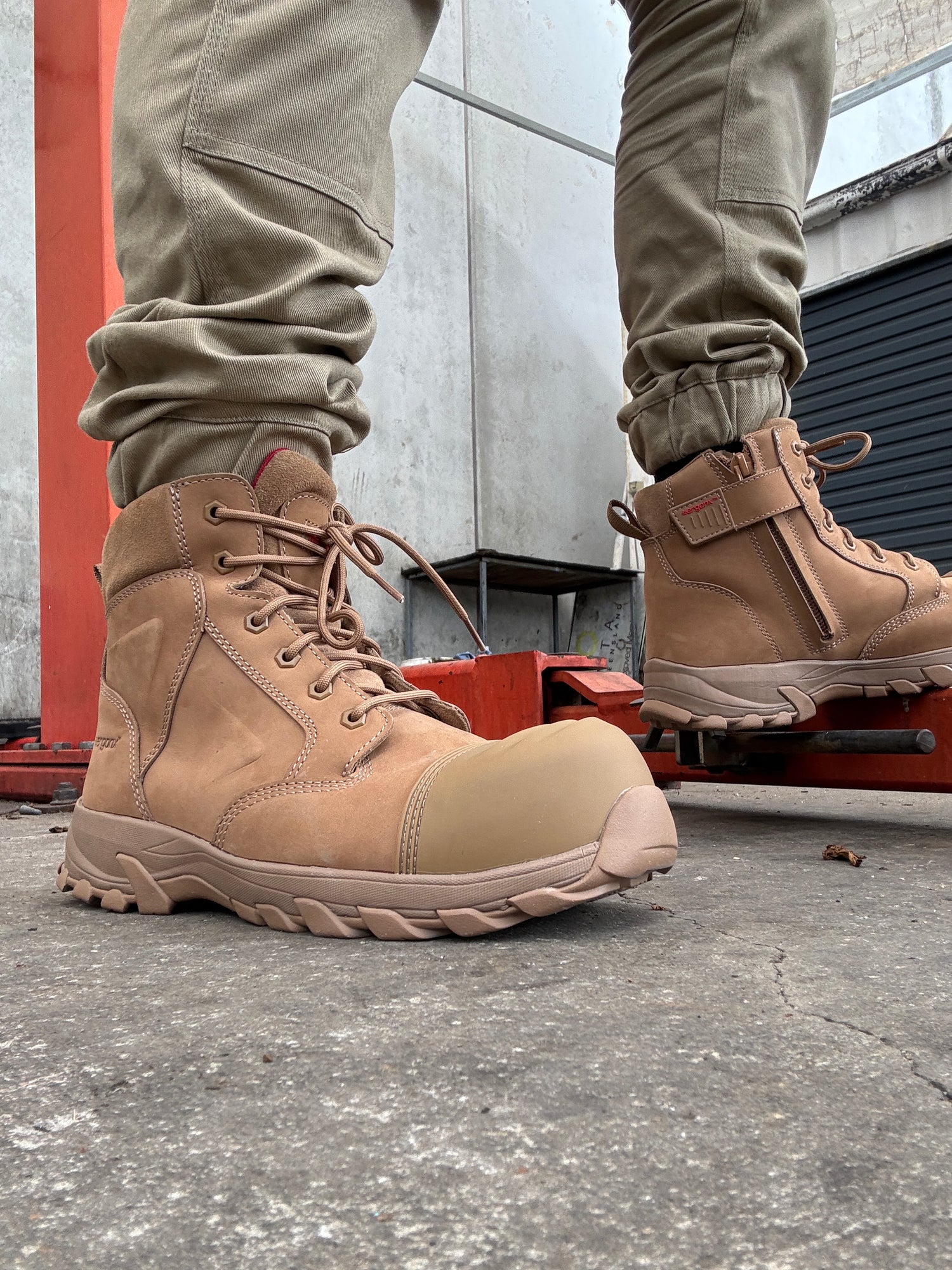Why are corns formed on the feet?
HOME / FOOT HEALTH/ WHY ARE CORNS SO PAINFUL
Corns are small, hardened areas of skin that develop in response to repeated pressure or friction. They are typically found in weight-bearing areas of the feet. While corn may seem like a minor inconvenience, it can become a consistent source of pain and hinder daily activities.
Understanding the causes of corn and the associated pain they cause is key to effective management and prevention. Therefore, in this article, we explore the underlying reasons behind corn formation and discuss the mechanisms that contribute to the discomfort they cause. Whether you are currently dealing with corn or seeking to prevent its occurrence, read on to learn more about this common foot problem.

The basics
The human foot is subject to constant pressure. With each step, we are sending forces through the foot that spread into the legs. Corns are formed in response to this pressure. They typically occur over bony prominences where the skin is under a higher amount of pinpoint pressure. The most common locations they can be found include on the balls of the feet, the inside of the big toe, the pinky toe, and the heels.
Under pressure
Pressure is the primary culprit behind corn formation. Repeated stress causes hardening of the skin which, normally, is the body’s way of providing protection. Unfortunately, this defence mechanism also leads to the establishment of corns. As the pressure gradually increases with the growth of the corn, even more, hard skin develops, leading to a cyclical process of further growth and irritation.
The anatomy of a corn
A closer examination of corns reveals a distinctive structure. A callus plaque forms over a bony prominence due to excessive friction and, subsequently, corn emerges beneath the callus. They can develop into different shapes but usually have a centre core at the centre that extends deep into the body. The core is comprised of tightly packed skin. Around the central core is a ring of dead skin that acts as a cushion between the core and surrounding tissues.

Corns may not be painful when they first develop, but they can grow, thicken, and become painful over time.
Treating corn: what can we do?
Several methods can be employed to effectively treat corns based on their shape and severity. For cones that are dome-shaped, shaving is a common treatment approach. The podiatrist removes the corn in small pieces and smoothens the surface after. On the other hand, if the corn has an irregular shape, the specialist may use a precise incision at the edge of the corn and remove it that way.
Can we keep corns from forming or returning?
Avoiding excessive pressure and friction is the key to preventing corn formation. Orthotic insoles can also be used to shift pressure away from affected areas, providing relief, and preventing the formation of new corns. Furthermore, it is extremely important to wear shoes that are comfortable and supportive. By incorporating these measures, one can markedly reduce the likelihood of corn.

Corns usually form on the feet, but they can sometimes emerge on the hands and fingers too.
Corns, though common, can progress into growths that are painful to the touch and challenging to deal with due to their persistence. By comprehending the fundamental causes behind them, we gain valuable insights into how to avoid this widespread ailment.
Prevention is the best way to keep your feet pain-free. Regular foot care, moisturization, and the use of orthotic devices can help you avoid corn. Remember, taking care of your feet is not only crucial for mobility but your overall well-being!
If you have any further questions or concerns about corns, don’t hesitate to reach out to our team at ergonx.com.au or leave a comment below!


